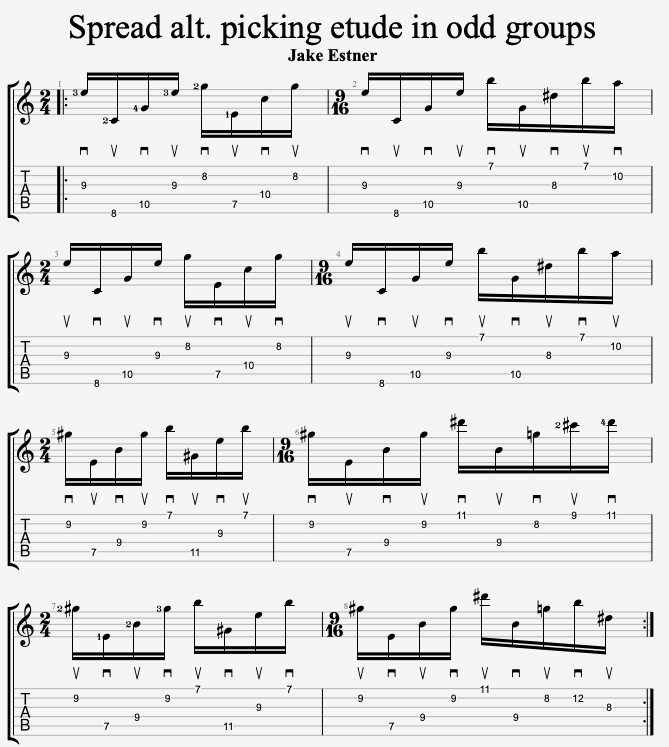After reflection in the shower, I believe that this summary is correct:
- Easiest: Even number of notes per string (just keep UX or DX).
- Easy: Odd number of notes per string (either HO/PO one note to make it even, or use 2WPS)
- Hard: One note per string.
Everything complex and irregular comes from one note per string, including double-escape, sweeps, etc. Perhaps I was slow to realize how ugly the 1nps case is, but it really is a handful.

